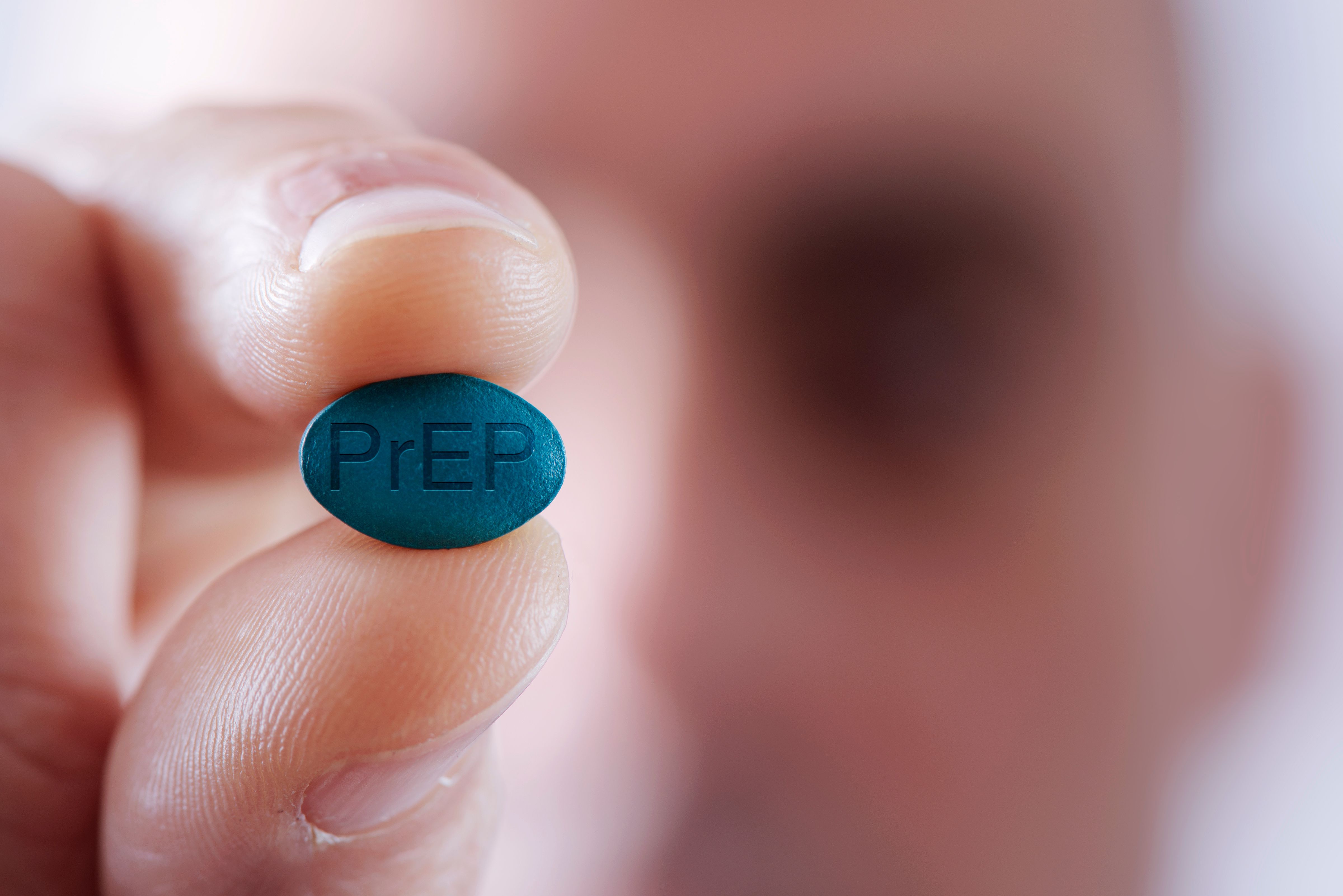About The E-PrEP Trial
Trial Name: Social Media Based Peer-Led Intervention for HIV Prevention
ClinicalTrial.gov ID: NCT03213366
Sponsor: Montefiore Medical Center
Completion Date: November 2017
Feature
Article
Author(s):
Although social determinants of health (SDOH) have been a major barrier to access of preexposure prophylaxis for those who are at risk of HIV, commercial determinants of health pose a similar barrier.
Social determinants of health (SDOH) and commercial determinants of health have been known to affect access to health care. HIV preexposure prophylaxis (PrEP) is no exception, as the lack of PrEP access remains the largest for those at the most risk of HIV, according to authors of an article published by JAMA Network Open.1 The authors stated that there are “stark racial and ethnic inequities” for PrEP usage, with only 30% of eligible individuals in the United States likely to benefit from the use of prescribed PrEP in 2021.1
stock.adobe.com

There was an approximate 18% increase in HIV diagnoses from 2020 to 2021, according to the CDC. The agency said that the increase could be due to the COVID-19 pandemic since there had been decreases from 2017 to 2020.2
In a study published in PLoS One, investigators analyzed data to determine any association between SDOH and PrEP. They analyzed data from Empowering with PrEP (E-PrEP), a social network intervention with the aim of increasing PrEP adoption for young Black and Latinx sexual minority men in New York City. There were 143 individuals included, with 37% Black and Latinx, 63% non-Hispanic Black, and 76% identifying as homosexual. The study authors reported that 89% did not have their SDOH met at all times, including basic needs, health or social service needs, or economical needs.3
Trial Name: Social Media Based Peer-Led Intervention for HIV Prevention
ClinicalTrial.gov ID: NCT03213366
Sponsor: Montefiore Medical Center
Completion Date: November 2017
As for PrEP use, 61% intended to use PrEP within the next 30 days but only 20% were currently using PrEP. The investigators found that among those who intended to start PrEP, there were more unmet basic and economic needs; however, there was no association between PrEP use and SDOH need.3
Although SDOH have been a major barrier for those who are at risk of HIV, commercial determinants of health pose a similar barrier for these individuals. Commercial determinants of health are associated with “the significant and growing influence of for-profit activities on human health,” according to a review in the American Journal of Public Health.4 The study authors said there is evidence that supports commercial influence on certain health diseases associated with tobacco, alcohol, and ultra-processed foods; however, there have been other studies that have determined the role of infectious diseases and mental illness, including HIV, COVID-19, depression, and anxiety, which can be associated with limited access to health care, air pollution, death, and firearm injuries, according to the review.4
One such way that commercial determinants of health have impacted access to care includes a study in JAMA Network Open, which included prior authorizations (PAs) limiting access to PrEP.5
In the study, the authors examined the 2 available formulations of oral PrEP: emtricitabine/tenofovir disoproxil fumarate and emtricitabine/tenofovir alafenamide. At the time, the 2 medications cost over $20,000.1,5 Although the coverage in the study was high among qualified health plans, the report also showed that obtaining financial coverage is a major access to care that deters individuals from using PrEP.1,5
Exclusive PAs were required at higher rates in the South and Midwest regions of the United States, with the PA requirements almost doubling from 2019 to 2020, suggesting barriers to care, according to the study. Additionally, they found that the PA requirements were also higher in areas with Ending the HIV Epidemic Initiative jurisdiction.5
The authors of the review stated that commercial determinants of health “can provide a framework for researchers and practitioners with varying political and ideological stances to overcome unproductive and polarizing conflicts,” which they said would help to reduce the commercial influences on health, including barriers to care access.1
References
Stay informed on drug updates, treatment guidelines, and pharmacy practice trends—subscribe to Pharmacy Times for weekly clinical insights.